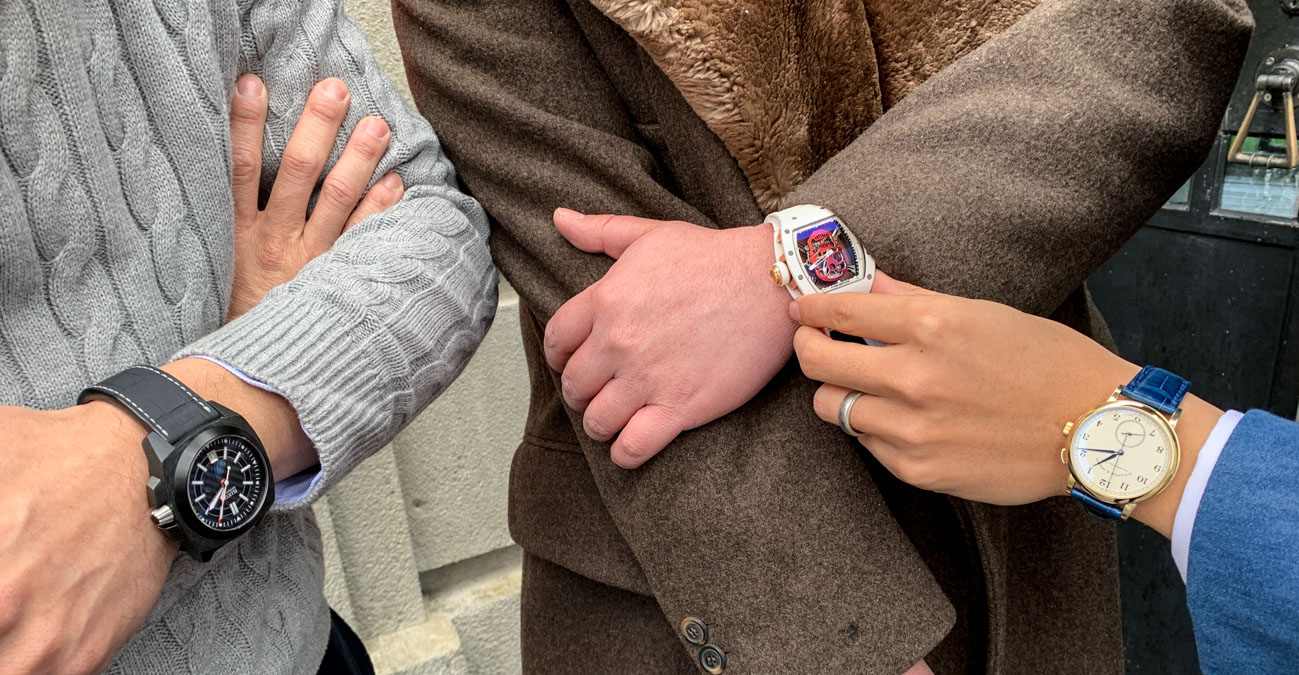 Behavior trends for luxury watch consumers are changing. Brand marketers and advertisers should take notice. A recent article in The Economist discussed how, in many ways, luxury firms are reporting increasing profits during otherwise poor economic times. Many past studies have shown a direct correlation between increasing wealth and increased spending on luxury goods. While many sectors of the luxury industry are feeling the hurt, some of the world’s largest names in luxury seem to be trending in the opposite financial direction. What is to account for this? The Economist article does not suggest an answer to this riddle. Allow me to suggest one.
Behavior trends for luxury watch consumers are changing. Brand marketers and advertisers should take notice. A recent article in The Economist discussed how, in many ways, luxury firms are reporting increasing profits during otherwise poor economic times. Many past studies have shown a direct correlation between increasing wealth and increased spending on luxury goods. While many sectors of the luxury industry are feeling the hurt, some of the world’s largest names in luxury seem to be trending in the opposite financial direction. What is to account for this? The Economist article does not suggest an answer to this riddle. Allow me to suggest one.
I propose that luxury consumption habits are changing in regard to why someone purchases a luxury item, in the first place. No, it is not that consumers are abandoning traditional practices, but as a result of current economic times, once less-common behaviors are being amplified, which accounts for the luxury product boom in certain sectors of the industry. First, some background on my thinking.
A number of years ago, an American watch retailer from the Midwest shared a piece of wisdom with me that I’ll never forget. We were in Las Vegas at a trade show and, according to this cheerful member of a then-bustling family-owned watch and jewelery store, “We are in the celebration business.”
As someone who entered the watch industry at a young age, armed mostly with timepiece-product enthusiasm, determination, and little life experience, I never thought of my interest in watches as related to celebrating something. Surely, in the sentimental sense I was “celebrating horology,” but I was really interested in the watches for what they looked like and how they made me feel. I wasn’t considering something important, though, and that is why people make decisions to buy watches — not why they like them (a different question).
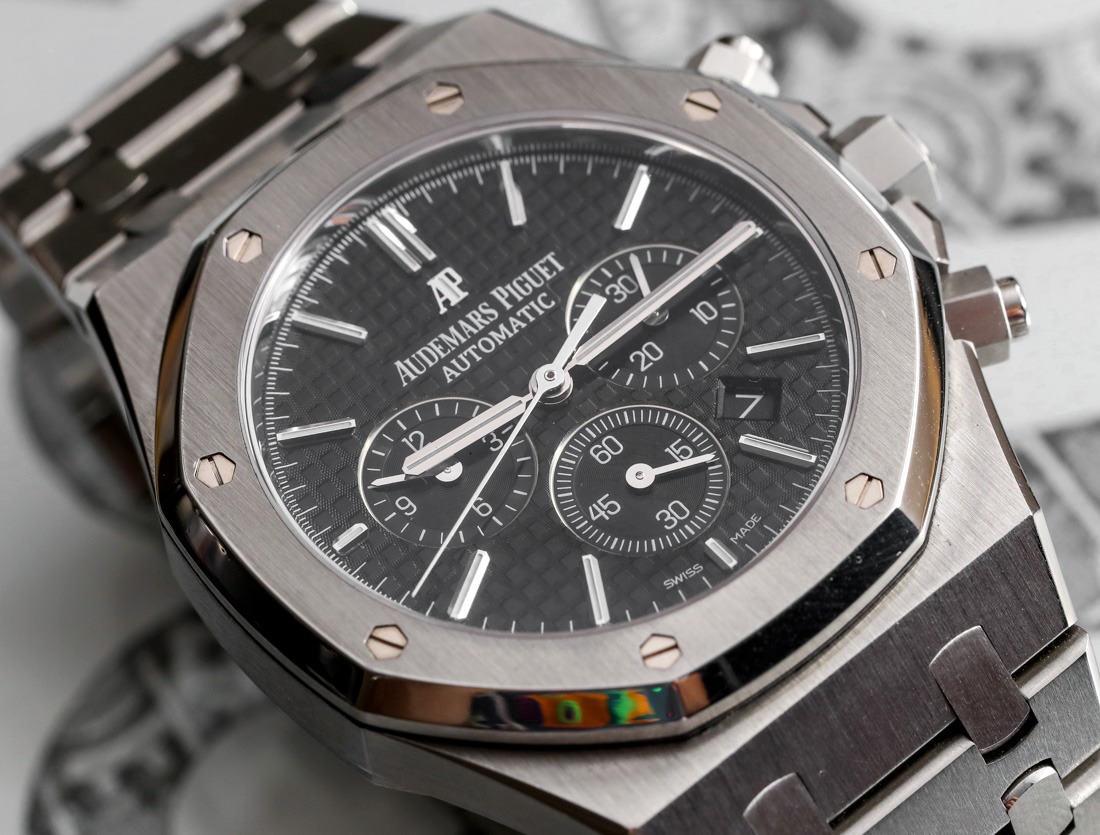
The decision to put a big chunk of change down for a luxury item is, in my opinion, a type of bargain you make with society. I’ll elaborate more on that in a moment. As rational consumers, we make the conscious decision to spend far more money than we need to in order to put something really nice-looking on our wrist. The precise reason consumers do this has eluded even luxury marketers for a long time. In fact, the funnel consumers go into, from discovering a particular luxury brand or item to actually buying one, is a bit of a mystery. Marketers may be able to predict at what point in their lives consumers might purchase a luxury item, but they are rarely able to predict what luxury items they will actually buy.
The social bargain we make when purchasing a luxury item is simple. In exchange for making this highly irrational non-utilitarian purchase, either you get to feel something special that exists outside the parameters of the product itself, or society will possibly treat you in a special way because they recognize something you own or are wearing. This basic concept is a core assumption of my larger argument in this article.
What the Midwest watch retailer taught me to always consider is what the consumer is thinking when they decide to make a purchase. What compels a person to go from being interested in a watch and appreciating it from afar to actually owning it? Statistically speaking, consumers purchase something when they feel there is cause to celebrate. There are traditional celebrations such as birthdays, business deals, friendships, anniversaries, promotions, and other life milestones, and there are other types of more subjective celebrations such as, “I’ve earned it” or simply, “I want to celebrate myself to make me feel better.”
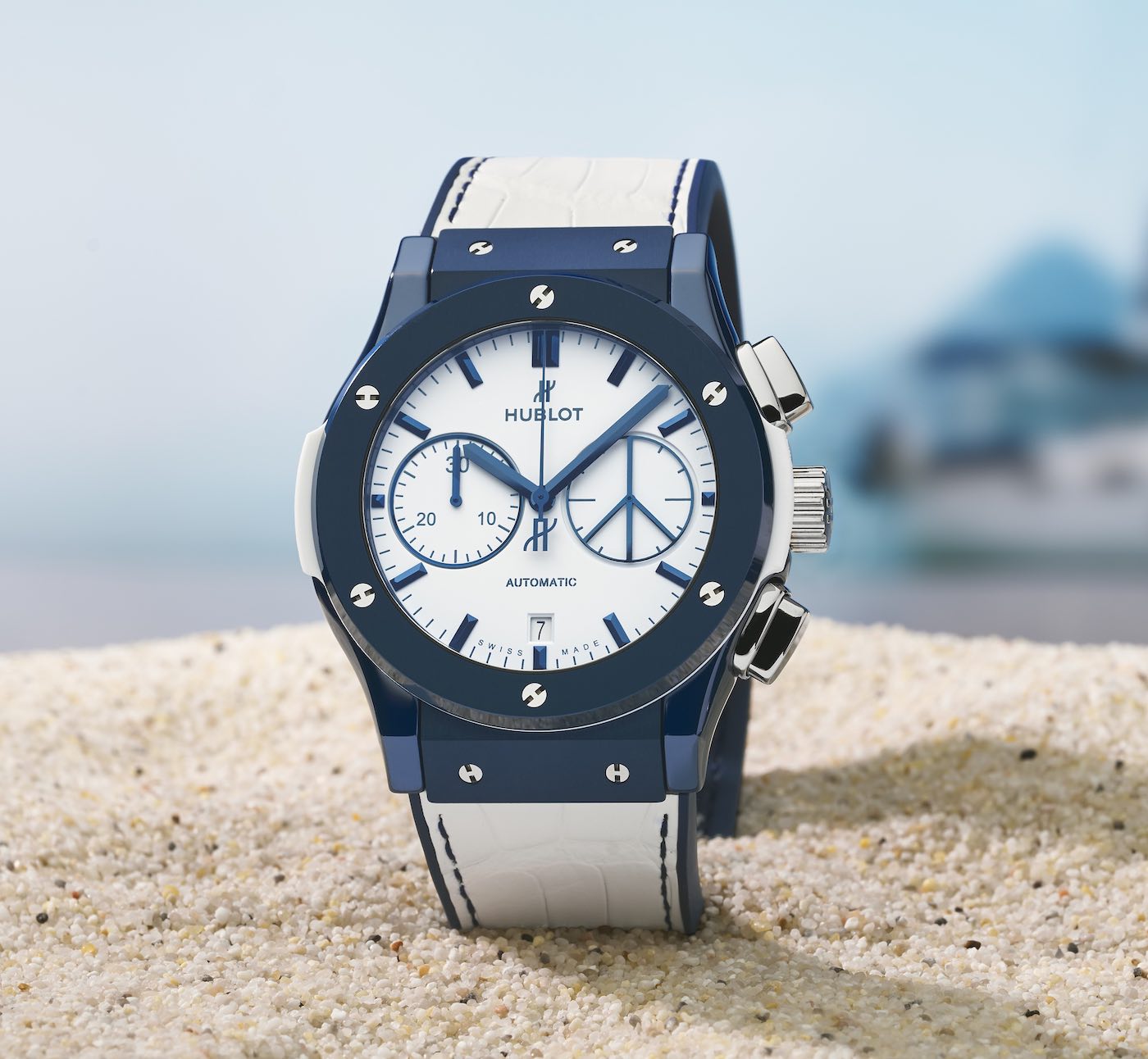
For much of the last 50 years, people have purchased watches in order to celebrate something. Assuming a consumer has learned that a wristwatch makes a good trophy with which to celebrate something (and, historically, this was far more ubiquitous than today), there was a good chance they would choose a watch when they have reason to celebrate. Marketers can’t predict celebration moments but, statistically, we know the consumer will probably go through life having at least a few moments to celebrate. This is what kept the watch industry alive through the 1980s, 1990s, and much of the 2000s, thus far.
Luxury fueled by consumer celebration is necessarily reliant on a stable middle class, highly exclusive ultra-wealthy clients, or pool of nouveau riche eager to show the world that they have “made it.”
The notion of a consumer implicitly stating, “I have made it” through their fashion and accessories is actually the intersection between the more traditional celebratory reason for purchasing a wristwatch and the now-trending (though not new), “I have something new to say about my wealth and power” statement consumers on a different part of the spectrum are trying to communicate with their luxury purchases. “I have made it,” or, in other words,“I have arrived” is a statement about social mobility more than it is about personal success or satisfaction. It says, “I went from somewhere worse to somewhere better.” The intersection exists because “I have made it” purchases are a celebratory indulgence, but the resulting messaging value of the item is less about personal satisfaction and more about social proof to indicate one’s status in the membership of “people who have made it.”
Since the world is experiencing an economic recession and wealth isn’t growing as it may have in the past, what would account for luxury purchasing behavior? Evidence already suggests that when people have less money, they also tend to have less to celebrate (or at least less to celebrate with). If a consumer is not spending money on a luxury good to celebrate themselves, then they must, nevertheless, be purchasing it to send a message about themselves.
My belief is that the current trend of luxury spending behavior is meant to allow consumers to send the social message that, “I’m doing OK and not doing poorly” or “I’m one of the rich ones; you can treat me differently because I have money and power.” This suggests a shift from a more inwardly focused reason for purchasing a watch to a more outward reason, which relies on the luxury item’s messaging power.

Where does this messaging power come from? This is where watch marketers will want to take notice. In order for someone to want to spend luxury dollars on something with a strong social message, a number of people need to be educated as to what seeing that brand or model means. Rolex is the perennial good example of this. The brand spends marketing dollars widely to ensure that people grow up seeing the Rolex name and that it is synonymous with success, achievement, and performance. Rolex has seeded the Rolex name far beyond people who can practically afford a Rolex during their lifetime. The result of this global seeding of the name and values is that Rolex’s reputation precedes it entering into a room. Because a population was trained to associate the Rolex name with a set of values, the population readily does so. This form of mass social education is incredibly effective.
The mass education strategy about a product’s luxury meaning isn’t only used by Rolex and isn’t only achievable through decades-long branding strategies (though that is the most secure and lasting version). Brands like Audemars Piguet and Richard Mille, which are also trending today, spend relatively little money on traditional advertising, though you’ll hear their names in rap songs (Rolex has their fair share of hip hop music shoutouts too) and seen worn on magazine covers. What these brands learned is that pop culture stars aren’t just entertainers to today’s youth, they are also business-leader models who teach about lifestyle and how to earn a living.
An Internet-addicted generation that consumes more infotainment than anything else is certainly going to view celebrities more so than business leaders, politicians, and engineers posting on social media. Much of the world is learning about how to find a job and what career to go into from the people they see featured on scripted programming and on social media. It’s expected behavior. What is also expected behavior is social mimicry, where consumers emulate the look and actions of people they want to be like as a shortcut to getting there. Whether or not such copying is a route to success is an open debate (can you “fake it until you make it?”), but it is well-established that consumers engage in this behavior.
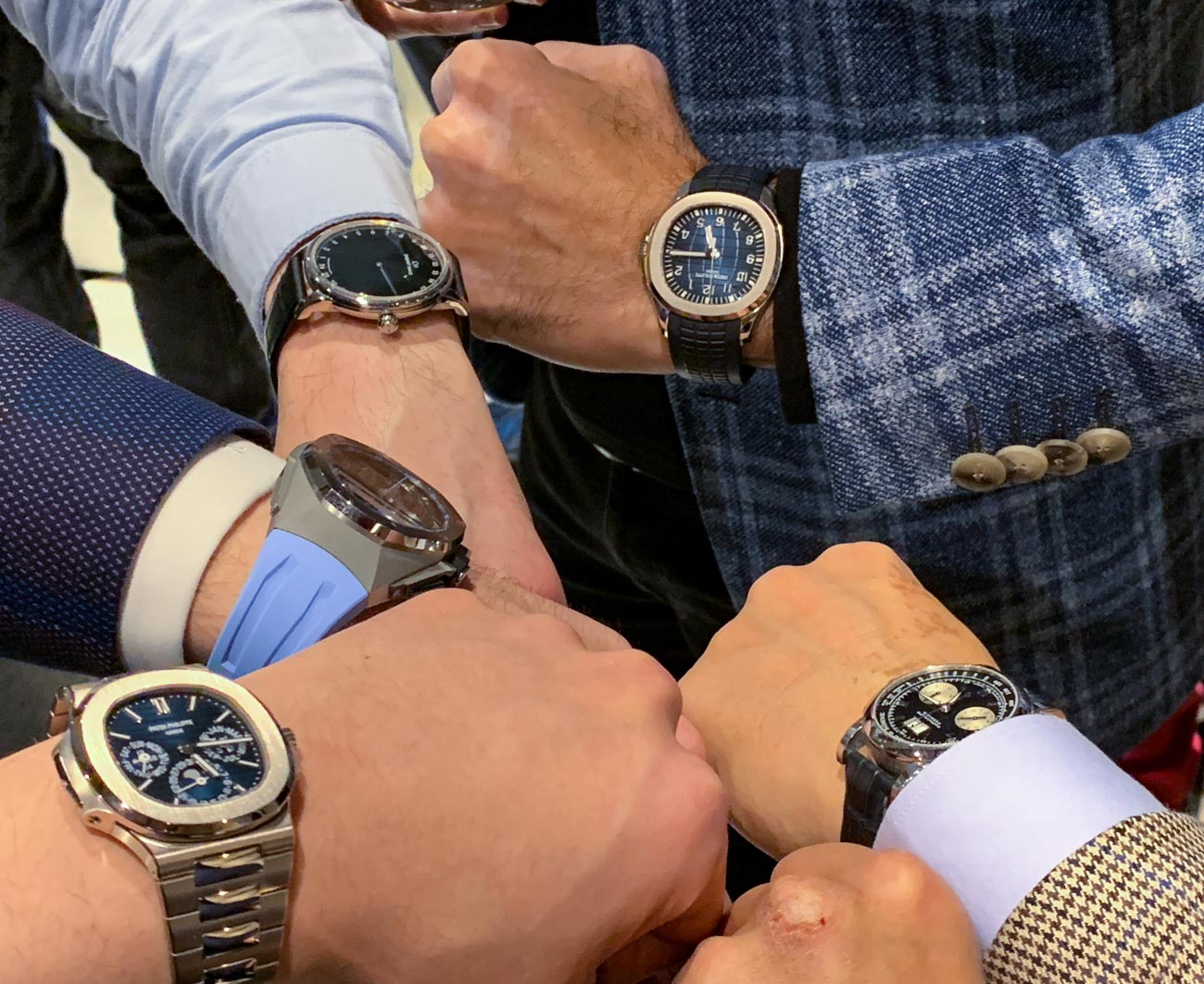
The above discussion is my attempt to demonstrate the potential volume of consumers who are learning about luxury from relatively new sources and at the same time, due to global economic outlooks, are increasingly interested in ways to protect themselves from looking as though they “aren’t making it” or, at the least, “I’m actually doing better than you may think.” These latter considerations are directly related to depressed global economic growth.
Culturally, the desire to socially prove oneself varies, but it exists in almost all cultures. China, for instance,, has what is known as “face,” which is a direly important public-facing persona. Not having been raised in Chinese culture my experience with “face” is as a third-party, but I do know that wearing a nice watch helps improve one’s “face.” In the United States expressing status through a watch can be more nuanced because overt signs of wealth are often seen as impolite. To be polite but still show off, people in the United States often need to find rare items or ones that have emotional stories behind them aside from being noteworthy simply for their value. It is as though wearing something overtly expensive becomes more socially acceptable in America if that item also seems to have real historical, sentimental, or artistic value.
Doesn’t it logically follow that during stagnant or poor economic times — in a society that so much values expressions of “I made it” moments on shared social media — consumers would be increasingly motivated to spend money on luxury goods even when they cannot afford it? Yes, I am suggesting that a lot of luxury consumptive behavior today is by consumers who have less disposable income than might be historically the case or expected by the brands they are purchasing from. Another implication of this behavior is that given economic strain, today’s luxury consumers are unable to be valuable brand loyalists, simply due to their inability to make multiple or regular purchases.
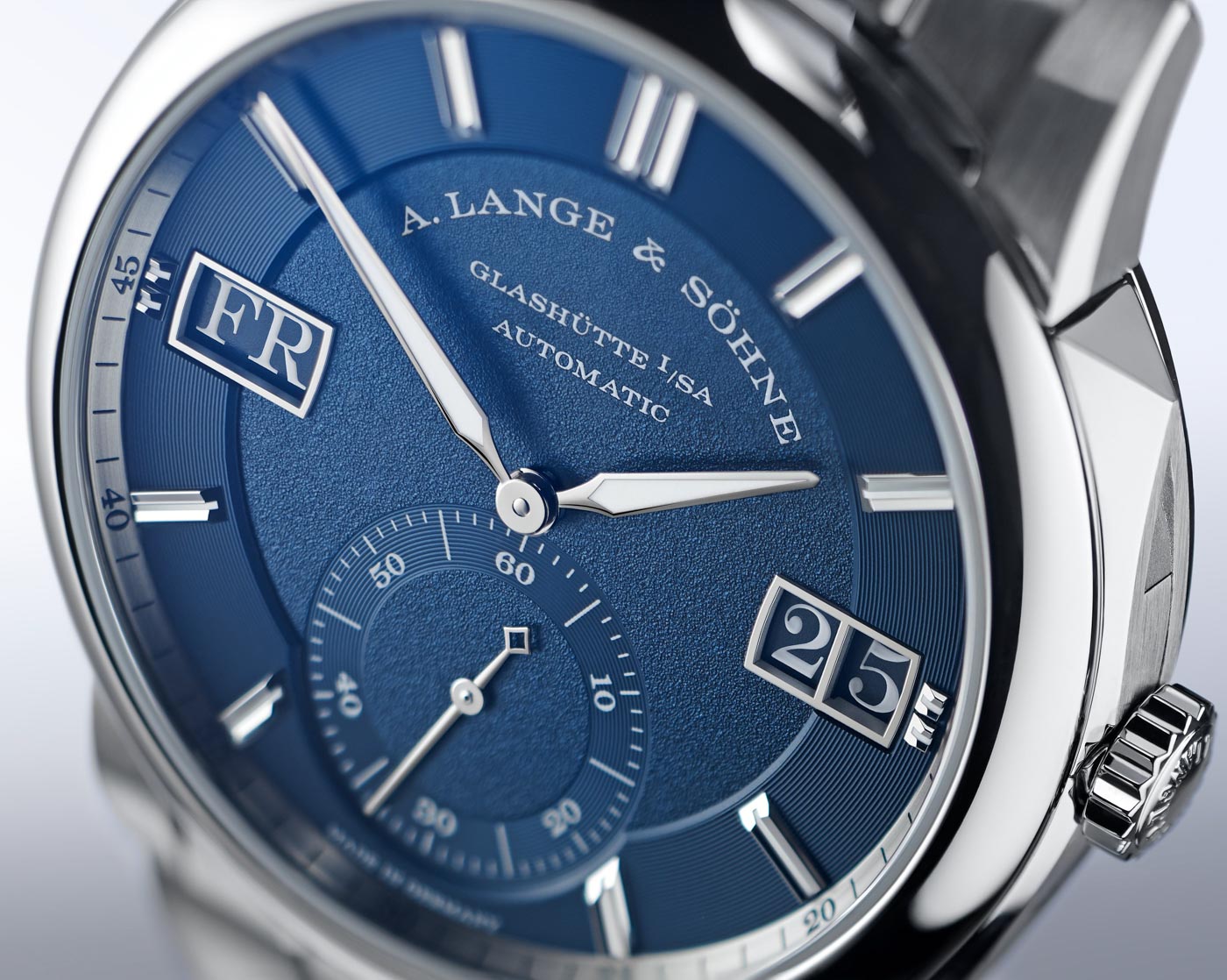
For watch industry marketers, the implications of these changing consumer behaviors are profound. It means that marketing campaigns and messages should probably be more directed at improving brand awareness and making specific statements about how wearing it will make the wearer appear to the world. Remember, this is important because, in today’s paradigm of luxury purchasing, a core reason why someone makes a luxury purchase is a strong hope of what that item says about you. Marketers must, at times, create what those sentiments are, and share them regularly with consumers so as to educate the population. When done correctly, all advertising really does is properly educate a consumer.
Sometimes (or through indirect marketing) consumers learn a brand’s values from a third party. A celebrity wearing a luxury product sends the message that such a product is clearly expensive and for people with high taste. When spread widely enough, such a message is sent both to people who can and cannot afford the product. If the purchasing consumer does not feel that enough people will recognize the luxury item and its associated meaning, my argument holds that they are far less likely to make the purchase or even want the item to begin with. A serious implication of this argument is that a consumer might actually form no opinion about the aesthetic look of a wristwatch or the brand’s heritage if they can afford it and if they associate it with a personality they admire.
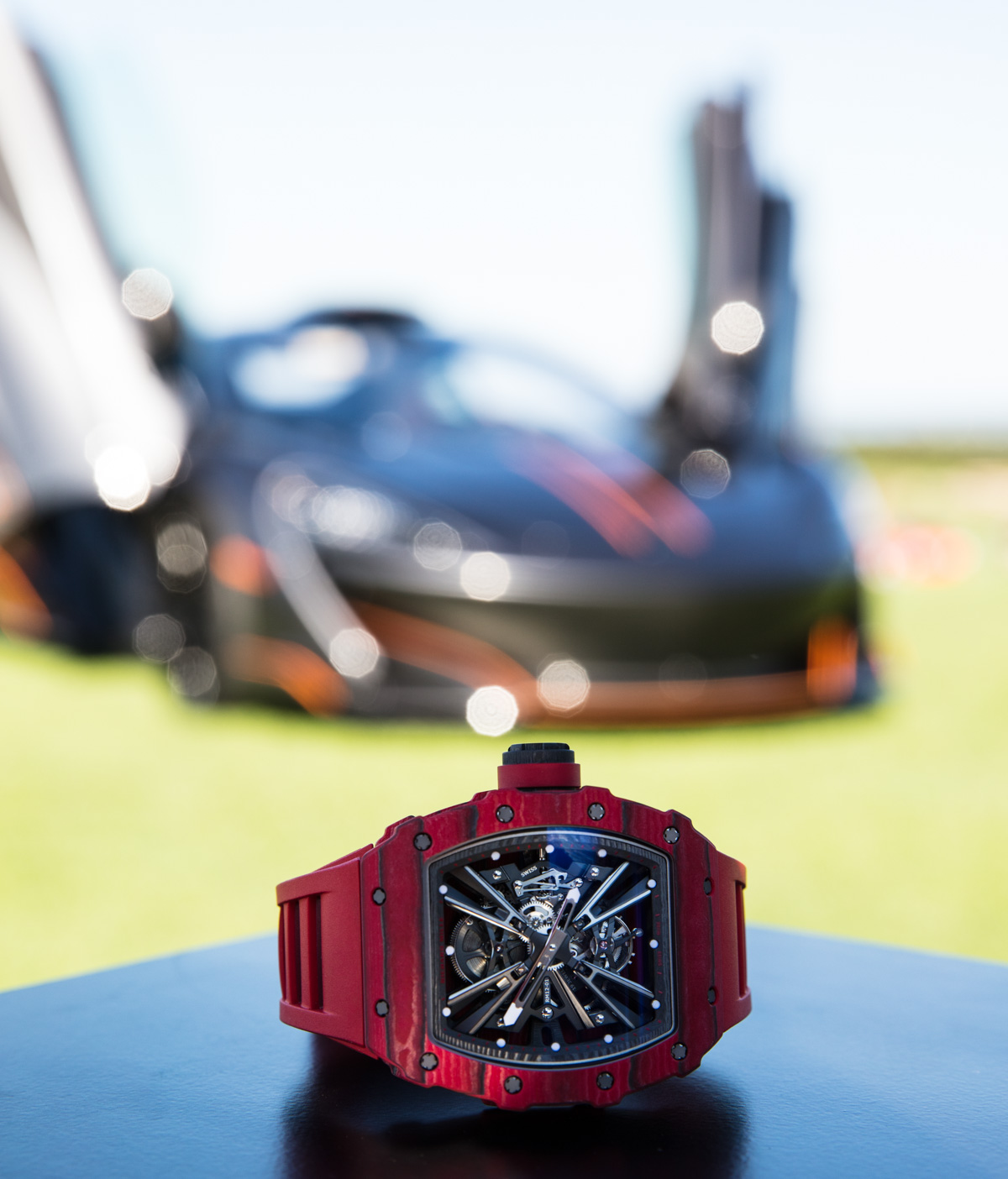
Much of today’s wristwatch marketing focuses on a few narrow messages which actually do not serve the interests of many modern consumers. Classic messages boil down to things like, “We’ve been making watches for a long time;” “we make watches where watches have been made for a long time;” “our company has lasted a long time, so our watches will also last a long time;” “our watches are made by people who like art and nice things, so our watches are designed to go well with nice things. Or “People who feel important but also sometimes nervous about their stability like our watches because, at the end of the day, if you need some money, you can sell our watch and make enough back to leave town or get home.” None of these messages really connects with the social concerns of a lot of consumers today.
Consumers would rather wear a known luxury product on their wrist that either tells people they aren’t doing poorly or that clearly send the message they are doing extra-well (all things considered). Again, this doesn’t apply to all consumers, and celebratory purchases still happen all the time. That said, when a marketer or luxury brand executive is interested in consumer trends among millennials and other young people, they ought to take into consideration that motivations these days are more about social-status establishment and less about personal celebration. If watch brands are then able to make those consumers actual timepiece enthusiasts, they will profit all the more.
